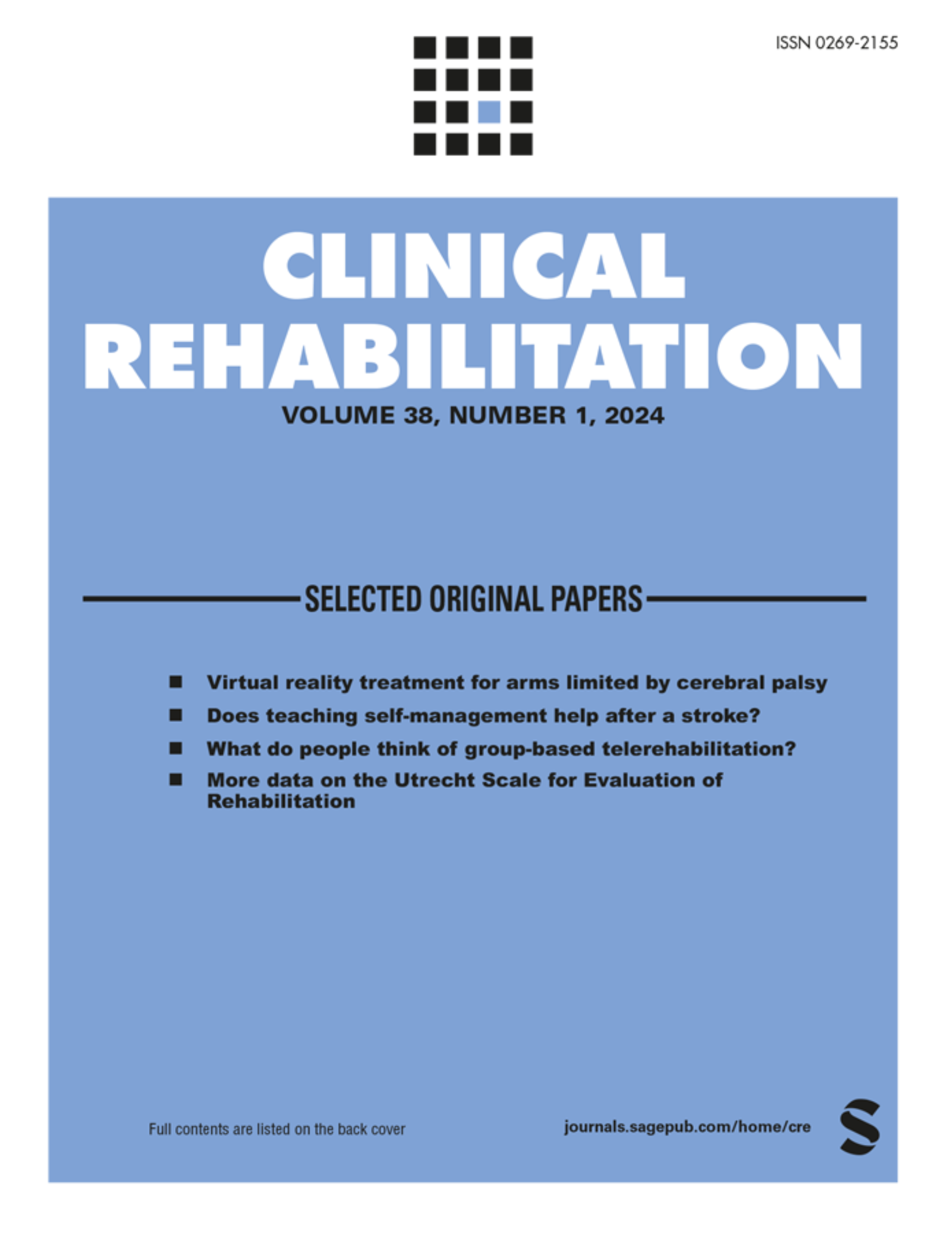
Tailored rehabilitation vs standard post-op: improved outcomes in hip resurfacing patients

Tailored rehabilitation vs standard post-op: improved outcomes in hip resurfacing patients
Recovery of function following hip resurfacing arthroplasty: a randomized controlled trial comparing an accelerated versus standard physiotherapy rehabilitation programme
Clin Rehabil. 2013 Sep;27(9):771-84Did you know you're eligible to earn 0.5 CME credits for reading this report? Click Here
Synopsis
80 male participants underwent hip resurfacing and were randomized into different postoperative procedure groups to determine the ideal rehabilitation protocol following surgery. Compared to a standard physiotherapy program, patients who underwent the dynamic tailored treatment specified for hip resurfacing rehabilitation experienced greater improvements in Oxford Hip, Hip disability, and Osteoart...
To view the full content, login to your account,
or start your 30-day FREE Trial today.
FREE TRIAL
LOGIN
Forgot Password?
Explore some of our unlocked ACE Reports below!

Learn about our AI Driven
High Impact Search Feature
Our AI driven High Impact metric calculates the impact an article will have by considering both the publishing journal and the content of the article itself. Built using the latest advances in natural language processing, OE High Impact predicts an article’s future number of citations better than impact factor alone.
Continue



 LOGIN
LOGIN

Join the Conversation
Please Login or Join to leave comments.